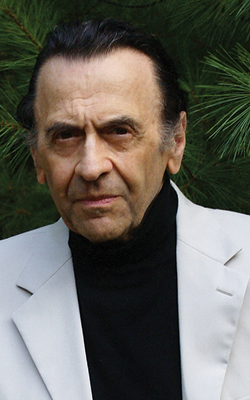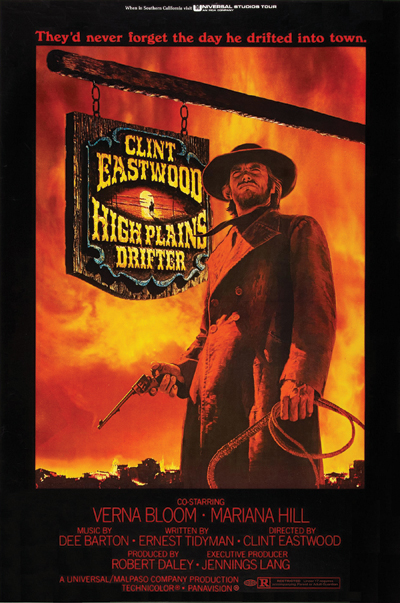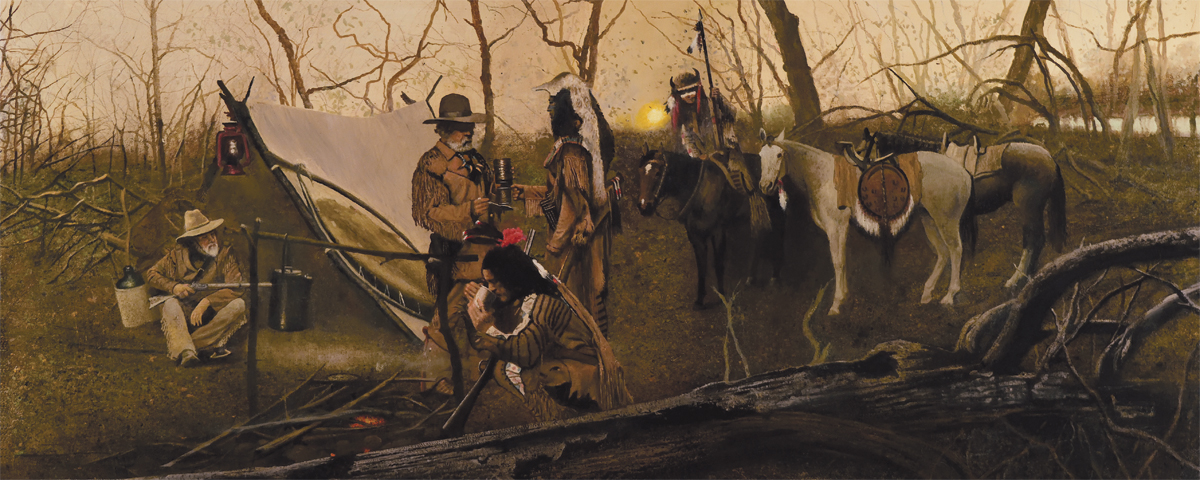
A native New Yorker, Ron Lesser was introduced to art at an early age—though not at the Met, Guggenheim or Whitney. “When I was a child, I loved to study the drawings from comic books,” he says. “I wanted to be an illustrator for as long as I can remember. I had hundreds of comic books, which my parents threw out as soon as I moved out. Would be worth a lot of dollars today.” He later studied at the Pratt Institute and then attended the Art Students League, where renowned painter and instructor Frank J. Reilly guided the young artist.
Having grown up a Western film buff, Lesser initially gravitated to Western subjects as a professional artist. He found a ready market. “When I started my career,” Lesser explains, “I made Western paintings, which I could sell to a paperback company. Since Westerns are for the most part generic, the painting could easily fit most Western covers. When I became established, I only did commissions for mass-market covers and not as many Westerns.”
He ranked among the top illustrators of Western paperback covers from 1976 into the early 1990s, when publishers increasingly turned to stock photography—or, as Lesser puts it, “Photoshop took over and put many fine artists out of business.”
Lesser turned his talents to rendering advertising illustrations for Madison Avenue and promotional artwork for Hollywood. He’s perhaps best known for his iconic movie posters. “I loved making paintings for movies,” he says. “If it was a major movie, often several artists would receive commissions. The studio would select one to render the poster, the ‘winner’ receiving additional compensation—usually twice the amount.”
After receiving a rough concept sketch rendered by a studio artist, Lesser would go to work. “Often I would photograph models and place the actor’s head on the body for the painting,” he recalls. “Other times I would paint the actor’s portrait and add scenes.”
 Lesser’s creations have included posters for the Westerns Joe Kidd (1972), High Plains Drifter (1973) and Pat Garrett and Billy the Kid (1973). His favorite? “Probably High Plains Drifter,” he says, “because it led to making five movie posters for Clint Eastwood. Also it became an iconic poster. I really don’t know why this poster was so popular.” He’s still at it, too, having recently rendered poster art for Atomic Blonde, a 2017 spy thriller starring Charlize Theron.
Lesser’s creations have included posters for the Westerns Joe Kidd (1972), High Plains Drifter (1973) and Pat Garrett and Billy the Kid (1973). His favorite? “Probably High Plains Drifter,” he says, “because it led to making five movie posters for Clint Eastwood. Also it became an iconic poster. I really don’t know why this poster was so popular.” He’s still at it, too, having recently rendered poster art for Atomic Blonde, a 2017 spy thriller starring Charlize Theron.
Lesser’s Western works run the gamut from still life subjects to historical images and portraits and encompass much of the 19th century. “1830 through 1900,” he says. “The early 1800s…the mountain man period…the Indian wars through most of the 1800s. After the Civil War, outlaws and lawman, as the country moved westward. All great material for painting the West.” That is when he isn’t painting Civil War scenes, or portraits of America’s founding fathers, or sports paintings, pop art or romantic fantasy.
His broad range is “strictly market driven,” he says, and don’t even ask about his muse. “No muse,” he says. “I just go to work.”
To appreciate his work in person, visit Going to the Sun Gallery in Whitefish, Mont., or Aspen Grove Fine Arts in Aspen, Colo. WW





